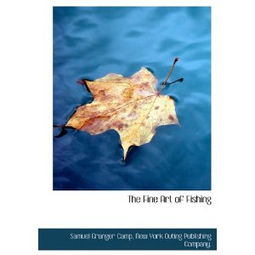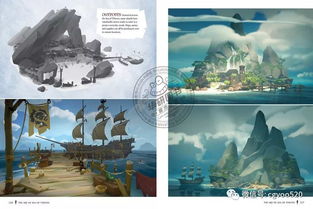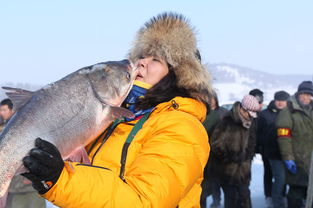Content:
Fishing, an ancient pastime that has stood the test of time, has evolved significantly over the years. From the simplest of hooks and lines to the high-tech gadgets of modern fishing, the tools and techniques have come a long way. However, there is a certain charm and satisfaction in embracing the basics of fishing with no-tech tools. In this article, we will delve into the world of no-talent fishing and provide you with a comprehensive guide on how to use these tools effectively.
Understanding No-Tech Fishing Tools
No-tech fishing tools refer to the simplest and most basic equipment used for fishing. These tools include a fishing rod, a reel, a line, a hook, and sometimes a weight or lure. The beauty of no-tech fishing lies in its simplicity and the fact that it requires minimal investment and skill to get started.
Choosing the Right Equipment
Fishing Rod: The choice of rod depends on the type of fishing you plan to do. For freshwater fishing, a lightweight rod is ideal, while a heavier rod is better for saltwater fishing. Ensure that the rod is comfortable to hold and has a good balance.
Reel: The reel is used to store the fishing line. Spincast reels are great for beginners, while baitcasting reels offer more control and are suitable for more advanced anglers.
Line: The type of line you choose depends on the fish you are targeting and the conditions of the water. Monofilament line is versatile and durable, while fluorocarbon line is nearly invisible underwater and is excellent for clear water fishing.
Hook: The size and type of hook depend on the bait you are using and the fish you are targeting. For example, a small hook is suitable for tiny baitfish, while a larger hook is better for larger prey.
Weight or Lure: A weight is used to keep your bait or lure at the desired depth, while a lure is used to attract fish. Lures come in various shapes and sizes, designed to mimic the movement of real prey.
How to Use No-Tech Fishing Tools
Assembling the Equipment: Begin by attaching the line to the reel, then threading the line through the rod guides. Attach the hook to the line, and if using a lure, attach it to the hook.
Choosing a Location: Find a suitable fishing spot. This could be a river, lake, pond, or the ocean. Look for areas with a good population of fish, such as around rocks, logs, or vegetation.
Setting Up the Bait: If you are using live bait, such as worms or minnows, attach it to the hook. For artificial lures, ensure they are properly rigged and ready to cast.
Casting the Line: Hold the rod with both hands, and with a smooth, controlled motion, cast the line into the water. Practice casting until you are comfortable with the technique.
Baiting the Hook: If you are using live bait, gently thread it onto the hook. If using a lure, make sure it is securely attached.

Lowering the Bait: Lower the bait to the desired depth, taking care not to snag the line on any obstacles.
Waiting for a Bite: Patience is key in fishing. Wait for a fish to take the bait. If you feel a tug or a pull on the line, set the hook by firmly pressing the rod tip down.
Reeling in the Fish: Once you have set the hook, begin reeling in the fish. Keep a steady pressure on the line to prevent the fish from breaking free.
Handling the Fish: Once you have the fish close to the shore, gently remove the hook and release the fish back into the water if you are not planning to keep it.
Tips for Success
- Practice Casting: The more you practice casting, the more precise you will become.
- Adjust Your Technique: Depending on the fish and the conditions, you may need to adjust your technique, such as changing the depth of your bait or the speed of your retrieve.
- Be Patient: Fishing is a waiting game. Don't get discouraged if you don't catch anything right away.
- Respect the Environment: Always practice catch-and-release fishing to preserve the fish population and the environment.
In conclusion, no-tech fishing tools offer a simple yet rewarding way to enjoy the great outdoors. By understanding the basics of using these tools and following the tips provided, you'll be well on your way to becoming a proficient no-tech angler. Happy fishing!












